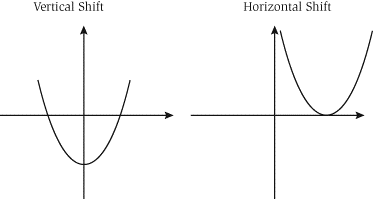1.1 Functions
Testing for functions
- The input value x is the number of representatives from a state and the output value y is the number of senators
Does the following equation represent y as a function of x?
To each value of x there corresponds exactly one value of y. So, y is a function of x
Evaluating a Function
Let  and find G(x+2)
and find G(x+2)
Domain of a Function
- The domain of a function is the set of all values of the indpendent variable for which the function is defined
- If x is in the domain of f, f is said to be defined at x
- If x is not in the domain of f, f is said to be undefined at x
- The domain of a function can be described explicity or it can be implied by the expression used to define the function
- The implied domain is the set of all real numbers for which the expressions is defined
- Another common type of implied domain is that used to avoid even roots of negative numbers
Evaluating a Difference Quotient
For
1.2 Graphs of Functions

Max: 1
Min: 0.11

Even Odd
Even and odd functions
This function is odd because:
This function is even because:
1.3 Shifting, reflecting, and stretching graphs

1.4 Combinations of functions
Just as two real numbers can be combined by the operations of addition, subtraction, multiplication, and division to form other real numbers, two functions can be combined to create new functions.
Sum:
Difference:
Product:
Quotient:
Identifying a composite function
Express the function
=
=
1.5 InverseFunctions
Finding inverse functions:
Find the inverse of :
Verify that both:
Finding inverse functions algebraically
Find the inverse of:
No comments:
Post a Comment